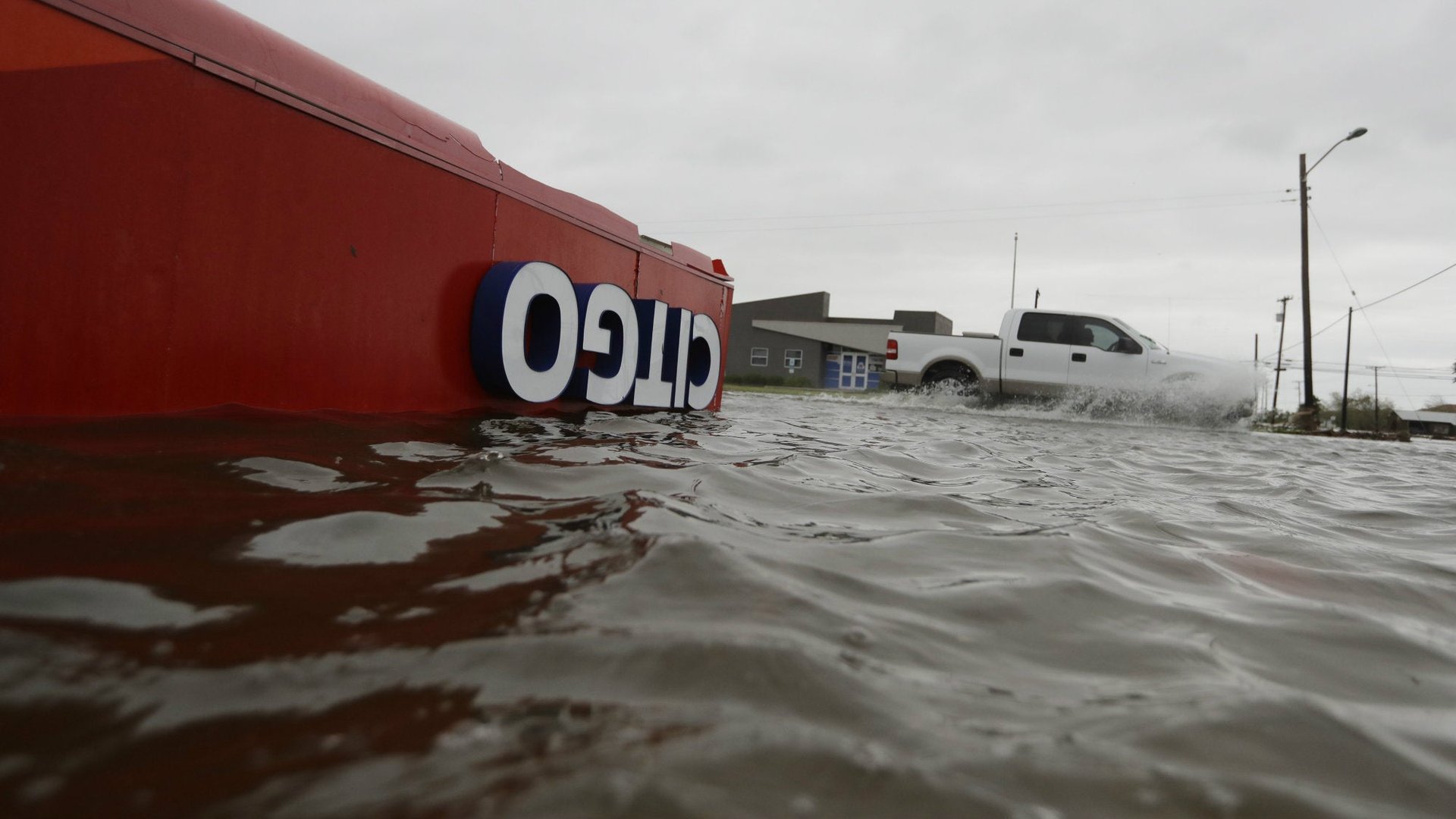The economic case for price gouging
As Hurricane Harvey closed in on the Texas Gulf Coast this past week, prices shot up on essentials like water, gasoline, and batteries. The attorney general of Texas issued a stern reminder of the state’s anti-price gouging laws, warning that anyone charging an “exorbitant or excessive price” for food, fuel, or medicine during a declared disaster risks prosecution.


As Hurricane Harvey closed in on the Texas Gulf Coast this past week, prices shot up on essentials like water, gasoline, and batteries. The attorney general of Texas issued a stern reminder of the state’s anti-price gouging laws, warning that anyone charging an “exorbitant or excessive price” for food, fuel, or medicine during a declared disaster risks prosecution.
High prices on essentials during disasters feel, instinctively, like a cruel blow to people already suffering. But economists say that manipulating the market by forcing sellers to cap their prices can cause even bigger problems for disaster victims.
As many economists see it, the higher prices on essential goods in the wake of a disaster like Harvey are an accurate reflection of the greater cost and risk of supplying the item. Without the incentive of a profit, suppliers of goods outside the affected area will be less motivated to bring products into disaster zones. Instead of being forced to pay higher prices for ice or gasoline, for example, people in those areas just end up with no ice or gasoline at all. Anticipating such shortages, people hoard goods unnecessarily in the run-up to a storm, resulting in the empty shelves common in times of disaster, as the writer Matthew Yglesias pointed out after superstorm Sandy in 2012.
Market-reflective prices in disasters ultimately ensure a better supply of goods. But the fury they inspire in people already stressed from disaster makes them a frequent target for policy makers.
Price controls “lead to misallocation of resources, long lines, and black markets,” said Jonathan Meer, an associate professor of economics at Texas A&M University. “These policies can cause serious distortions but governments use them quite a bit anyway. People don’t like high prices of course, and unfortunately price controls seem like easy solutions to difficult problems.”